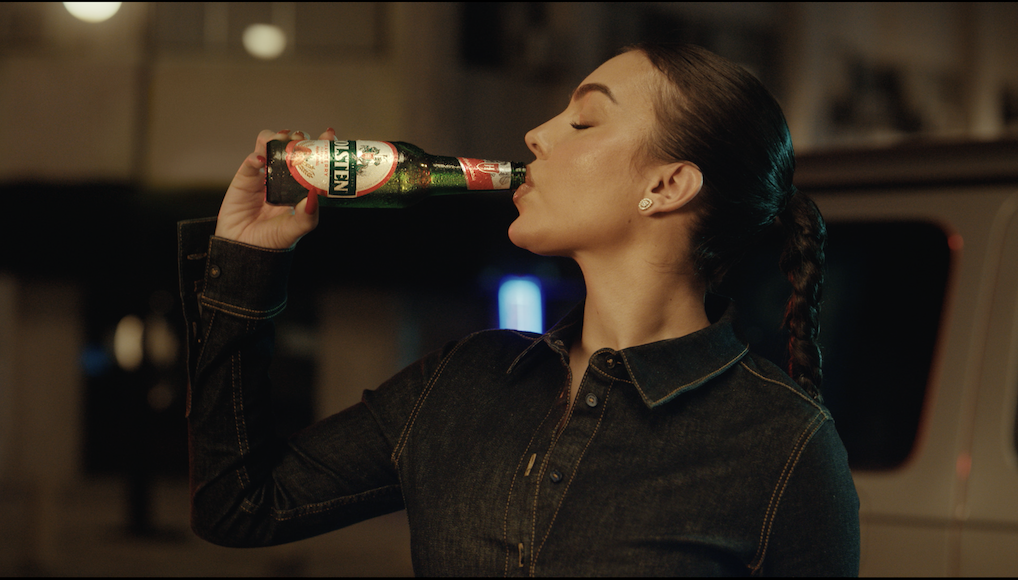Just last month, a renowned athlete, Sarah Thompson, unexpectedly passed away from a stroke. She was 48 years old. The stroke struck without warning, and despite weeks in intensive care, she tragically lost her life. While this happened miles away from many of us, the reality is that it could not have been closer to home.
Strokes, like heart disease, are not caused by a single issue; they are part of a group of vascular diseases. A stroke occurs when the blood supply to the brain is interrupted or reduced, preventing brain tissue from receiving oxygen and nutrients. Within minutes, brain cells begin to die. Imagine driving a car and suddenly running out of fuel in the middle of a busy intersection. The car stalls, and unless refueled quickly, it is stuck. The brain, much like that car, needs constant nourishment to function. When deprived of blood flow due to a blocked or ruptured blood vessel, the damage can be irreversible.
Key points to understand here:
1. Blocked or ruptured blood vessels in the brain cause strokes, resulting in severe damage or death.
2. Strokes can signal broader vascular issues, potentially leading to heart disease, kidney problems, and other serious conditions.
3. Strokes can often be prevented or their impact reduced through medical management and lifestyle changes.
4. Risk factors for strokes include high blood pressure, diabetes, smoking, high cholesterol, obesity, age, and genetics.
Stroke is a leading cause of death and disability worldwide, but there are many misconceptions about it that need to be addressed.
• Myth One: Strokes only happen to the elderly.False: Strokes can and do occur in younger individuals, including those in their thirties and forties.
• Myth Two: Strokes are always fatal.False: While strokes can be deadly, they often result in severe disability, requiring long-term care, rehabilitation, and lifestyle changes.
• Myth Three: Only people with obvious risk factors, like smoking or obesity, have strokes.False: While smoking and obesity significantly increase risk, strokes can happen to anyone, even those without these risk factors.
• Myth Four: Preventing a stroke is complicated and time-consuming.False: Taking care of your health involves manageable changes that do not have to be time- consuming.
• Myth Five: There is still time to make a change.False: The time to take action is now!
The urgency of now cannot be overstated. Do you think Sarah Thompson knew she was at high risk for a stroke before it happened? She was an accomplished athlete, well-known, and seemingly healthy. What would she have done if she had known her life was at risk? How much would she have given to prevent it? Imagine if she had been told the night before that she was at high risk of a stroke unless she made immediate changes. Would she have taken action then? And if she had known she would end up in a top hospital, where even the best doctors and the most advanced medical technology couldn’t save her, wouldn’t she have acted right away?
Now, replace Sarah Thompson’s name with your own. Ask yourself how you would react.
No amount of discussion or awareness can lead to change unless you decide to act. So, how do you take action? Where do you begin? The first step is to consult with your doctor, seek advice from a dietitian, and adhere to their recommendations.
These steps are straightforward. What can be more challenging is developing the right mindset, setting clear goals, and planning your approach. While these may seem like significant undertakings, they actually involve simple steps that can seamlessly fit into your daily routine.
This article, and all the information available, will mean nothing unless you grasp the urgency to act. Deciding to live a healthier life and taking care of yourself starts with the determination to do so—an urgency that can’t wait. The time to make that choice is now.










